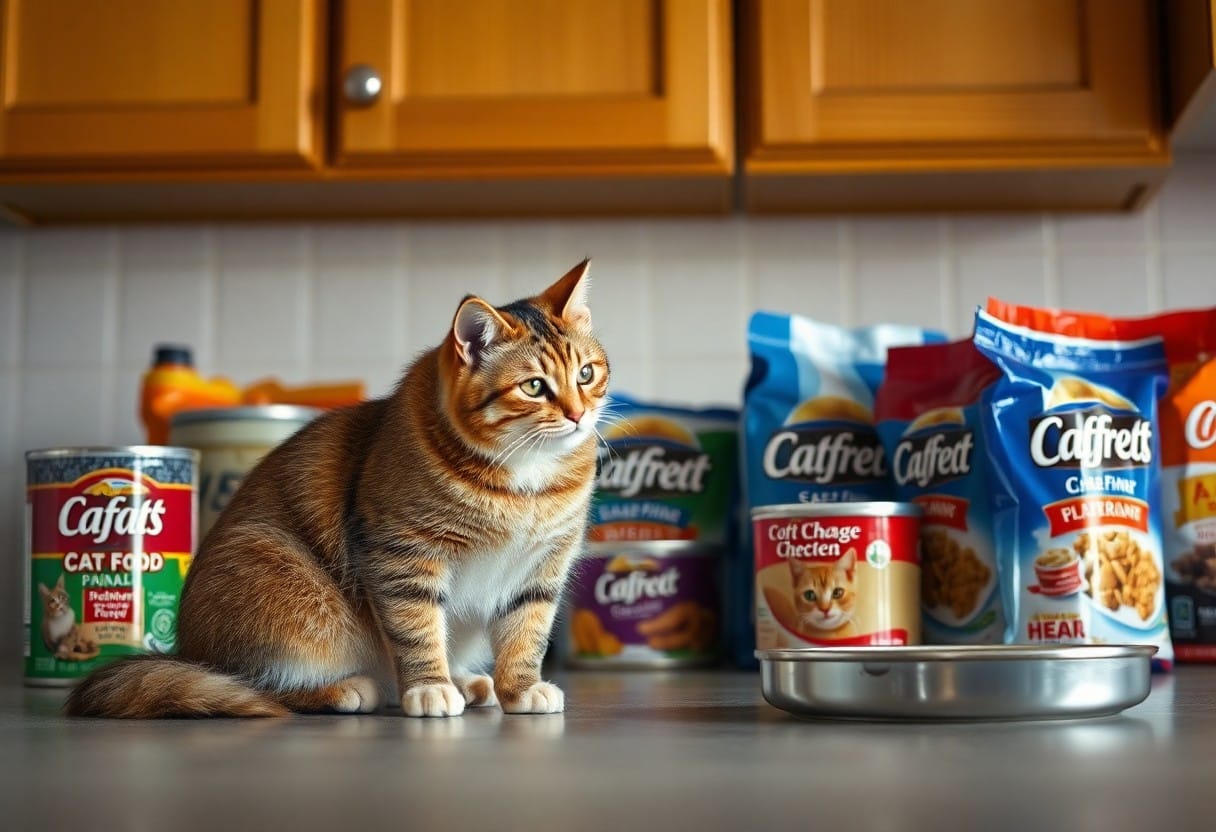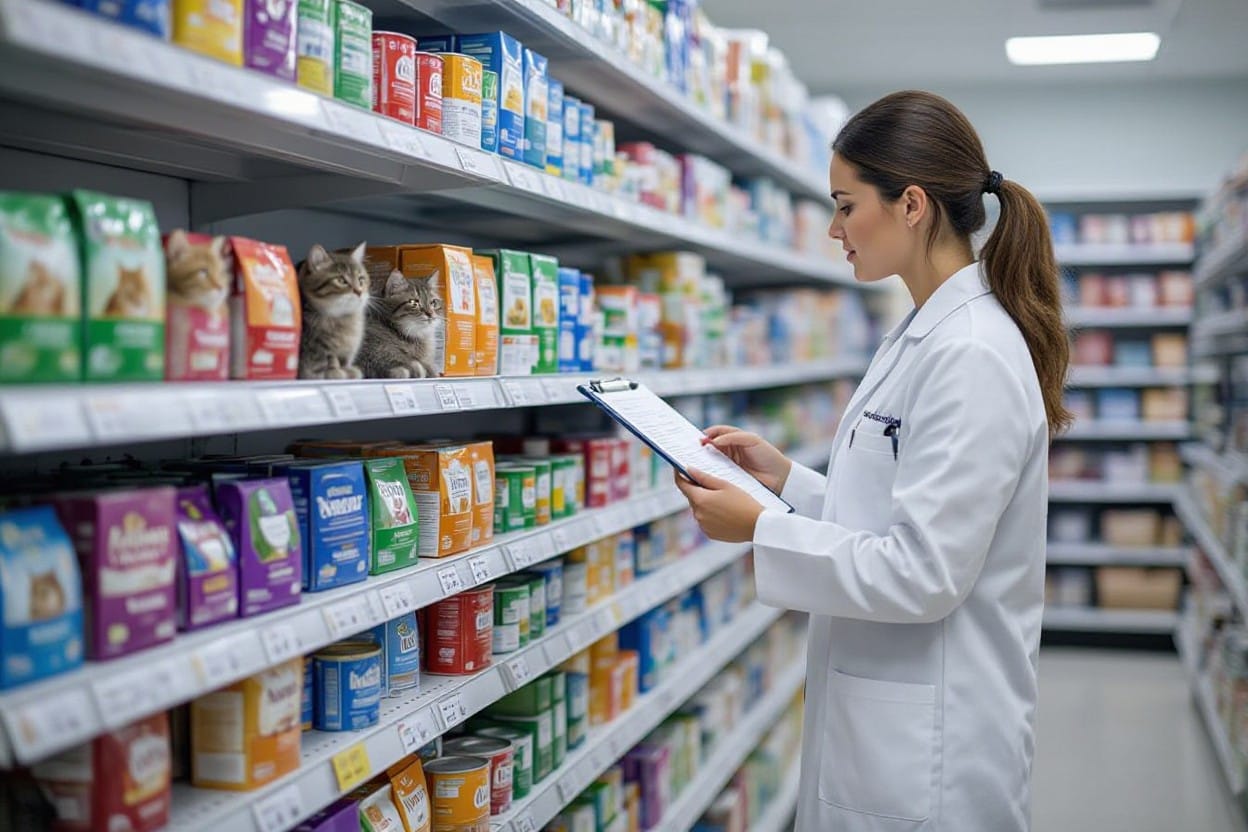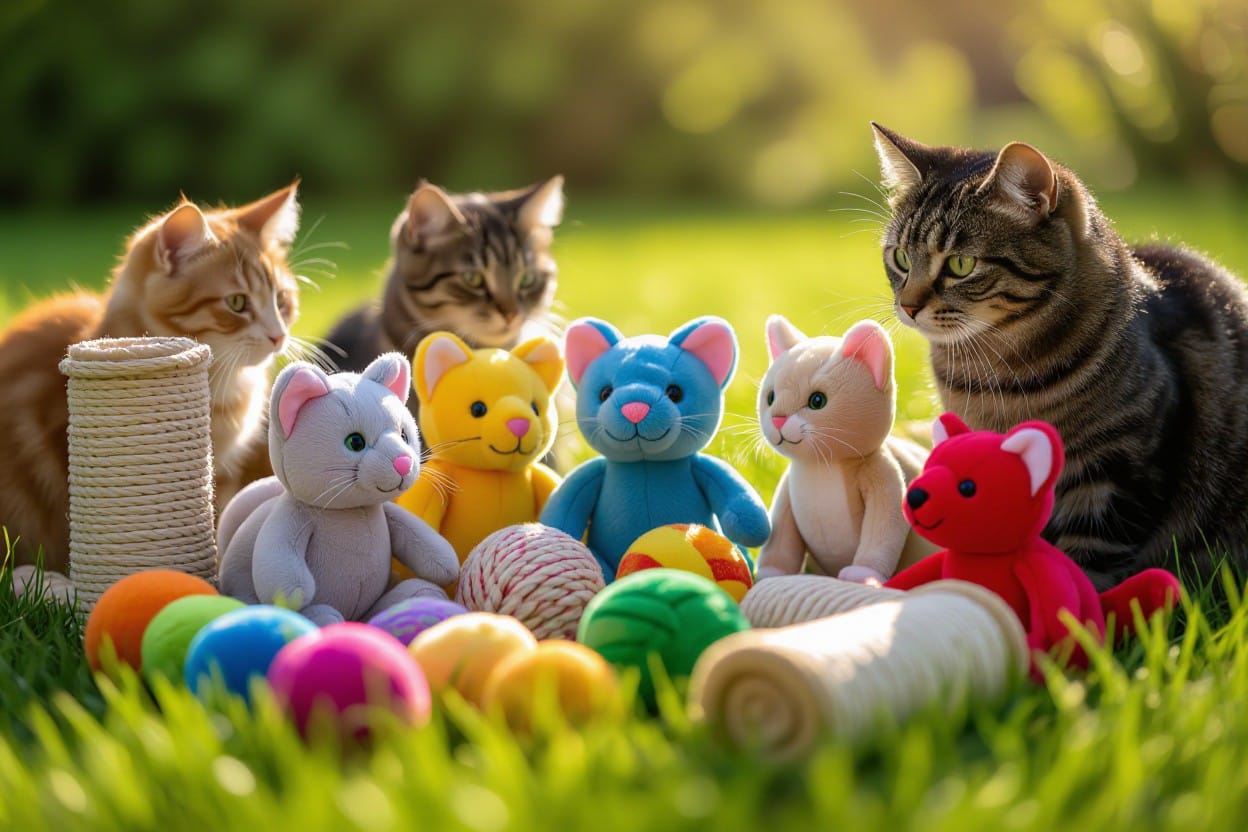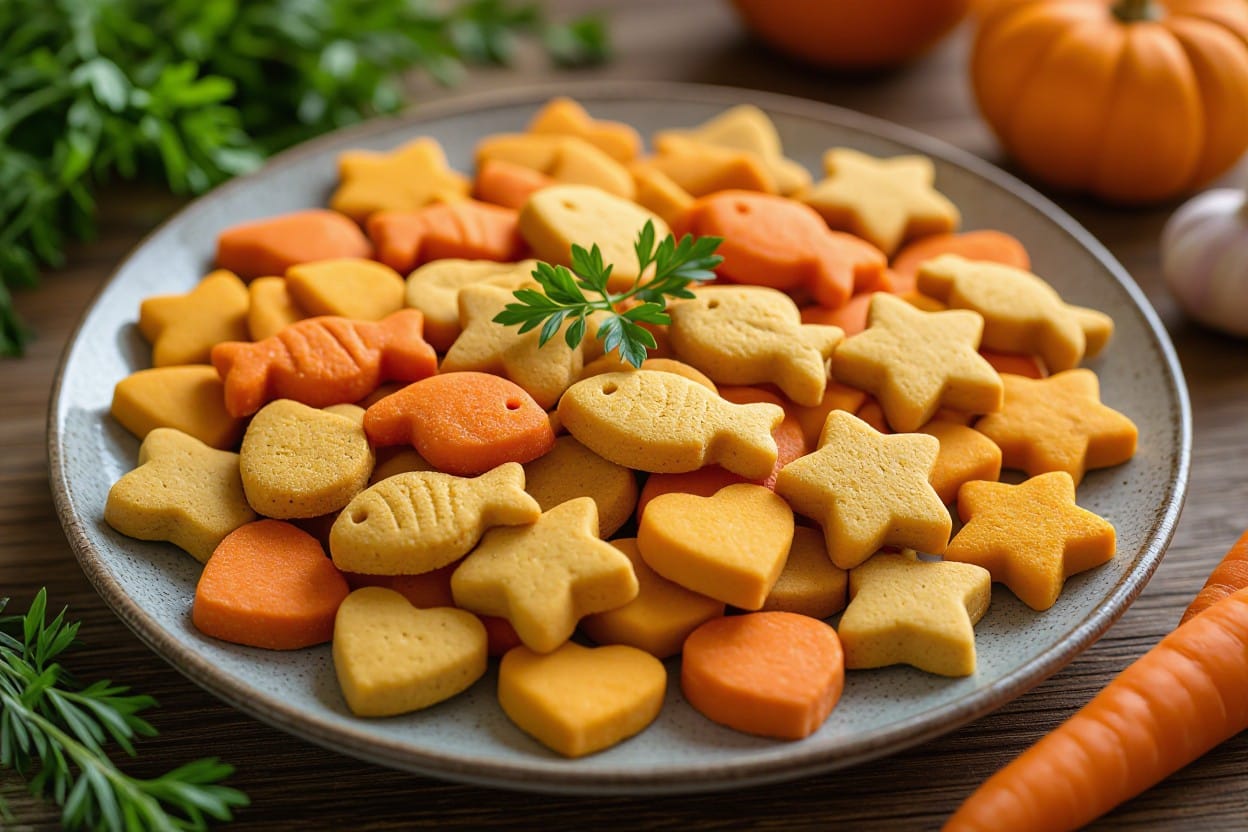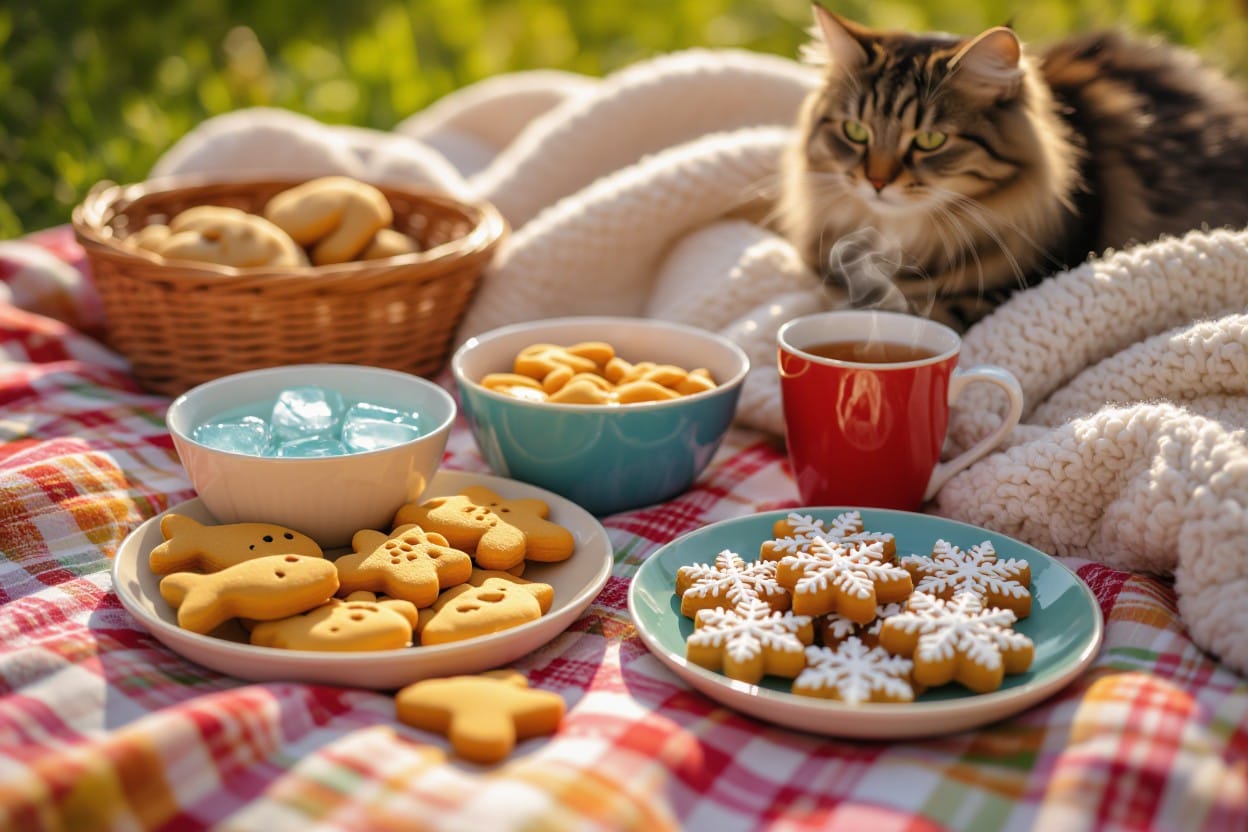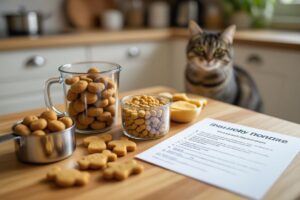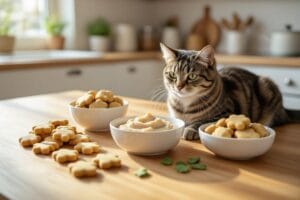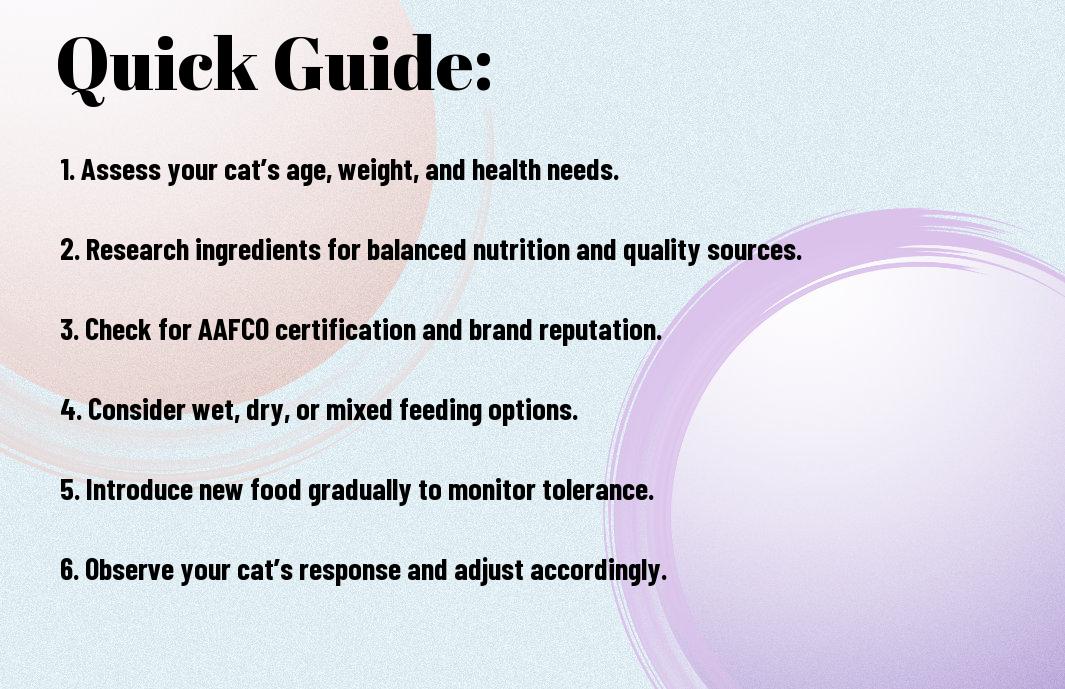
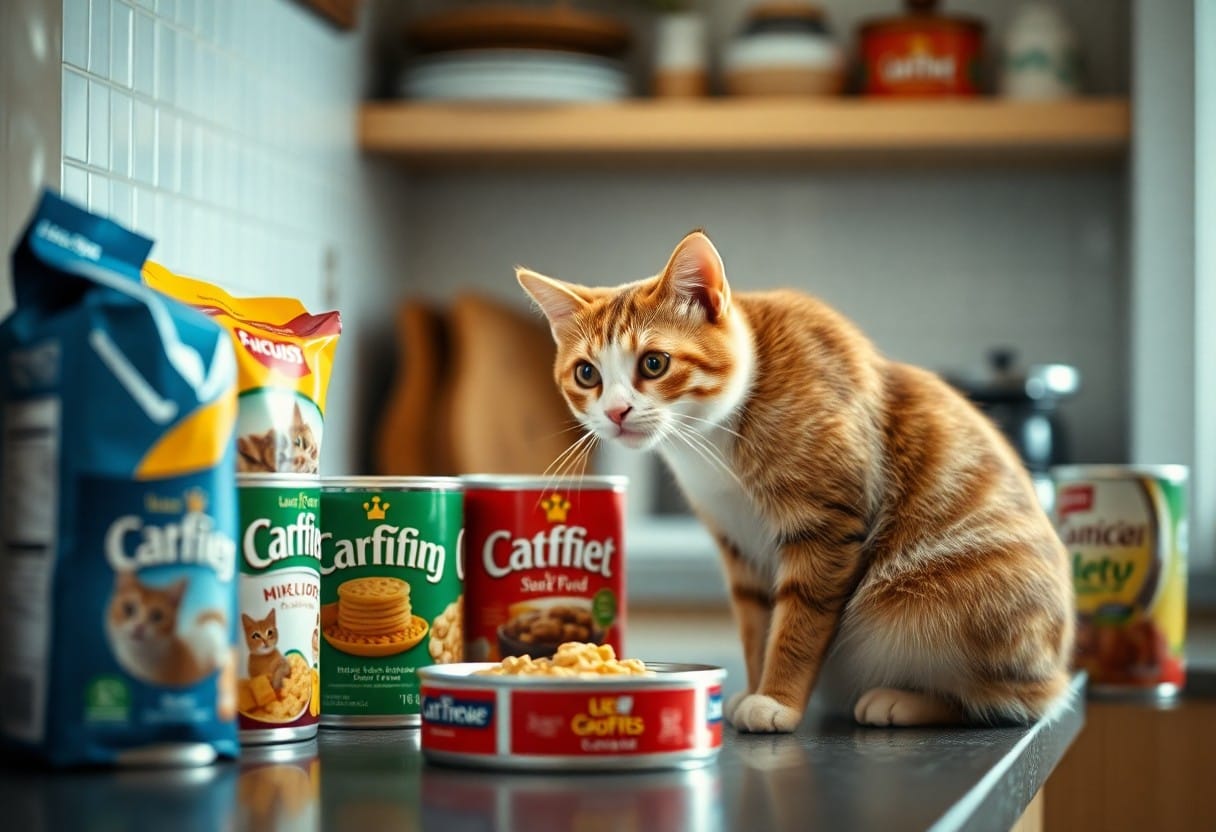
Q: What factors should I consider when choosing a cat food brand?
A: When deciding on a cat food brand, there are several important factors to evaluate. First, check the ingredients list to ensure it contains high-quality protein sources, as cats are obligate carnivores and require meat-based diets. Look for a brand that avoids fillers such as corn and soy. Second, consider your cat’s specific dietary needs based on their age, health condition, and lifestyle; for instance, kittens, adults, and senior cats have different nutritional requirements. Lastly, research the brand’s reputation, including recalls and customer reviews, to ensure you are choosing a reliable provider.
Q: How can I determine if a cat food is nutritionally complete?
A: To determine if a cat food is nutritionally complete, look for an AAFCO (Association of American Feed Control Officials) statement on the packaging. This indicates that the food meets established nutritional standards. Additionally, the guaranteed analysis should list the minimum percentages of protein and fat and maximum percentages of fiber and moisture. Evaluate the ingredient quality and verify if the food is formulated for your cat’s specific life stage. Consulting with a veterinarian can also provide tailored advice on whether a particular brand meets your cat’s nutritional needs.
Q: Is there a difference between dry and wet cat food in terms of nutrition?
A: Yes, there are notable differences between dry and wet cat food regarding nutrition and hydration. Dry cat food typically contains higher carbohydrate levels and is convenient for long-term storage and feeding, whereas wet cat food often has higher protein content and moisture levels, which can be beneficial for hydration. Cats that primarily eat dry food may be at risk for urinary tract issues due to lower water intake. It’s important to consider your cat’s health, preferences, and any specific dietary recommendations from your veterinarian when deciding between dry and wet food options.
